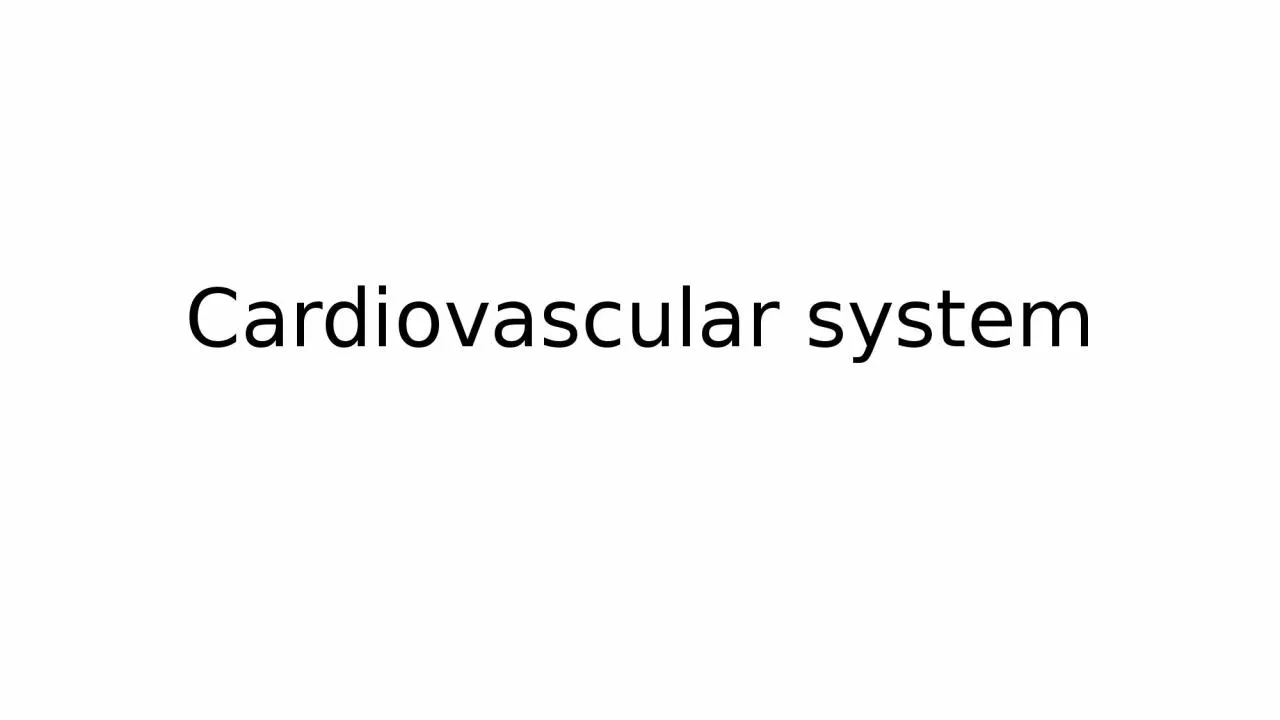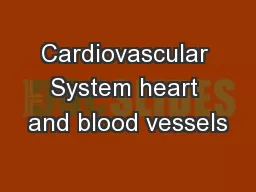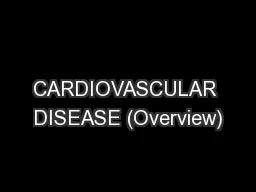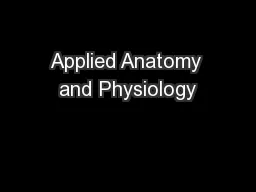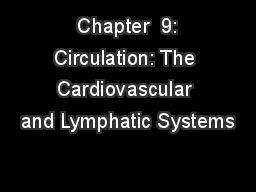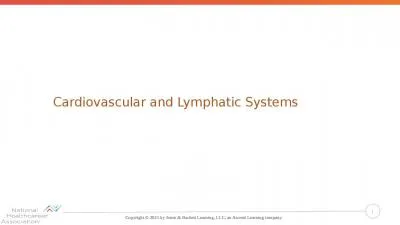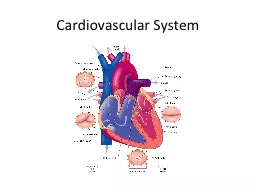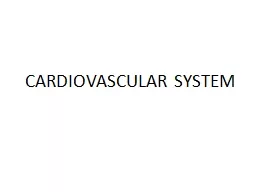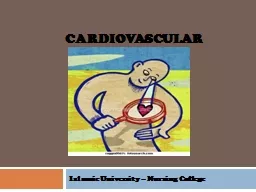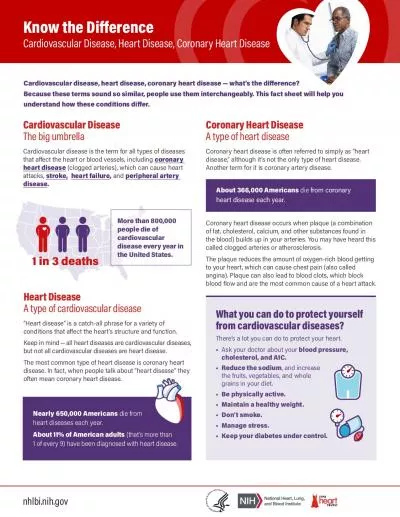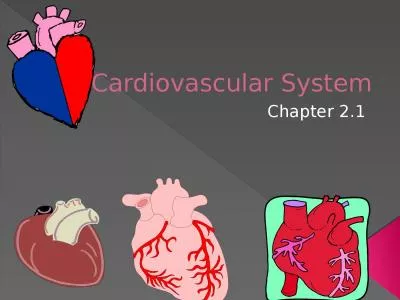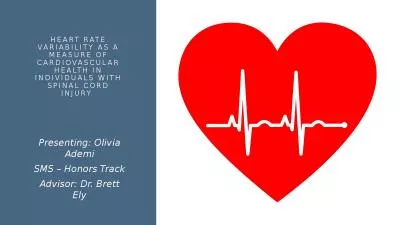PPT-Cardiovascular system The cardiovascular system comprises the heart, the blood, and the
Author : harper | Published Date : 2022-06-18
The Heart The membrane forming the outer lining of the heart is called the epicardium Immediately beneath the epicardium is the myocardium comprising the muscles
Presentation Embed Code
Download Presentation
Download Presentation The PPT/PDF document "Cardiovascular system The cardiovascular..." is the property of its rightful owner. Permission is granted to download and print the materials on this website for personal, non-commercial use only, and to display it on your personal computer provided you do not modify the materials and that you retain all copyright notices contained in the materials. By downloading content from our website, you accept the terms of this agreement.
Cardiovascular system The cardiovascular system comprises the heart, the blood, and the: Transcript
Download Rules Of Document
"Cardiovascular system The cardiovascular system comprises the heart, the blood, and the"The content belongs to its owner. You may download and print it for personal use, without modification, and keep all copyright notices. By downloading, you agree to these terms.
Related Documents

